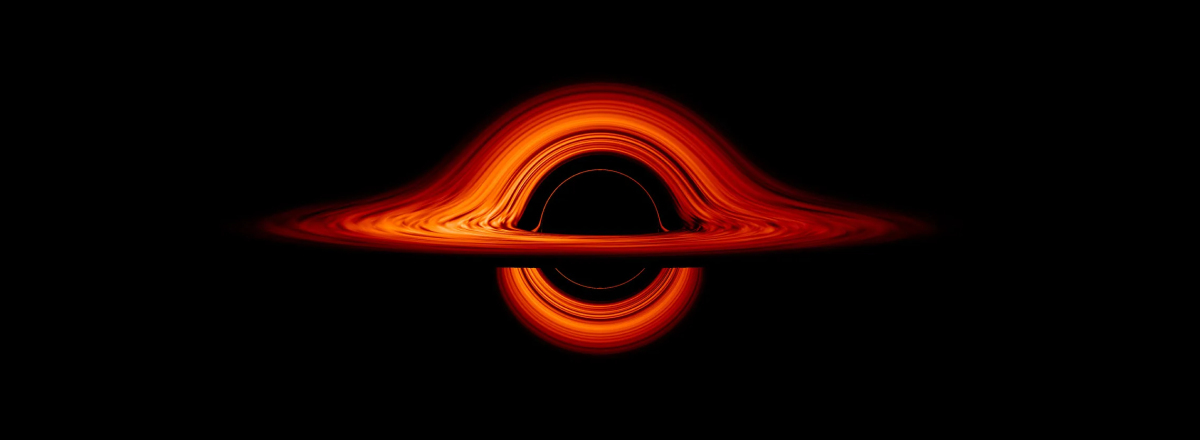Einstein's Prediction Confirmed: Astronomers Observe Matter's Final Plunge into Black Holes
The findings are critical as they allow scientists to better understand the strong gravitational fields that black holes produce, which is essential for improving models of how matter behaves in such extreme environments.

Astronomers have for the first time observed the "plunging region" near black holes, confirming yet another prediction of Albert Einstein's theory of general relativity. This mysterious zone, located just before the event horizon—the point of no return for matter entering a black hole—was revealed through precise X-ray data analysis by a team from Oxford University Physics.
The study, which focused on the behavior of plasma being pulled into the black hole of the binary system MAXI J1820+070, about 10,000 light-years away, found that this matter does indeed stop rotating and plunges directly into the black hole, aligning with what Einstein's equations predicted over a century ago. This area, until now, had been theoretical, compared to observing the transition from river to waterfall in celestial terms.
The observations were made possible by combining data from NASA’s Nuclear Spectroscopic Telescope Array (NuSTAR) and the Neutron star Interior Composition Explorer (NICER). The findings are critical as they allow scientists to better understand the strong gravitational fields that black holes produce, which is essential for improving models of how matter behaves in such extreme environments.
This "plunging region" is thought to be a crucial area where the gravitational pull of the black hole becomes irresistible, and the observed X-rays are emissions from matter in its final moments before crossing the event horizon. The confirmation of this phenomenon provides significant evidence supporting general relativity and opens a new window into studying the interactions of black holes with their surrounding environments.

